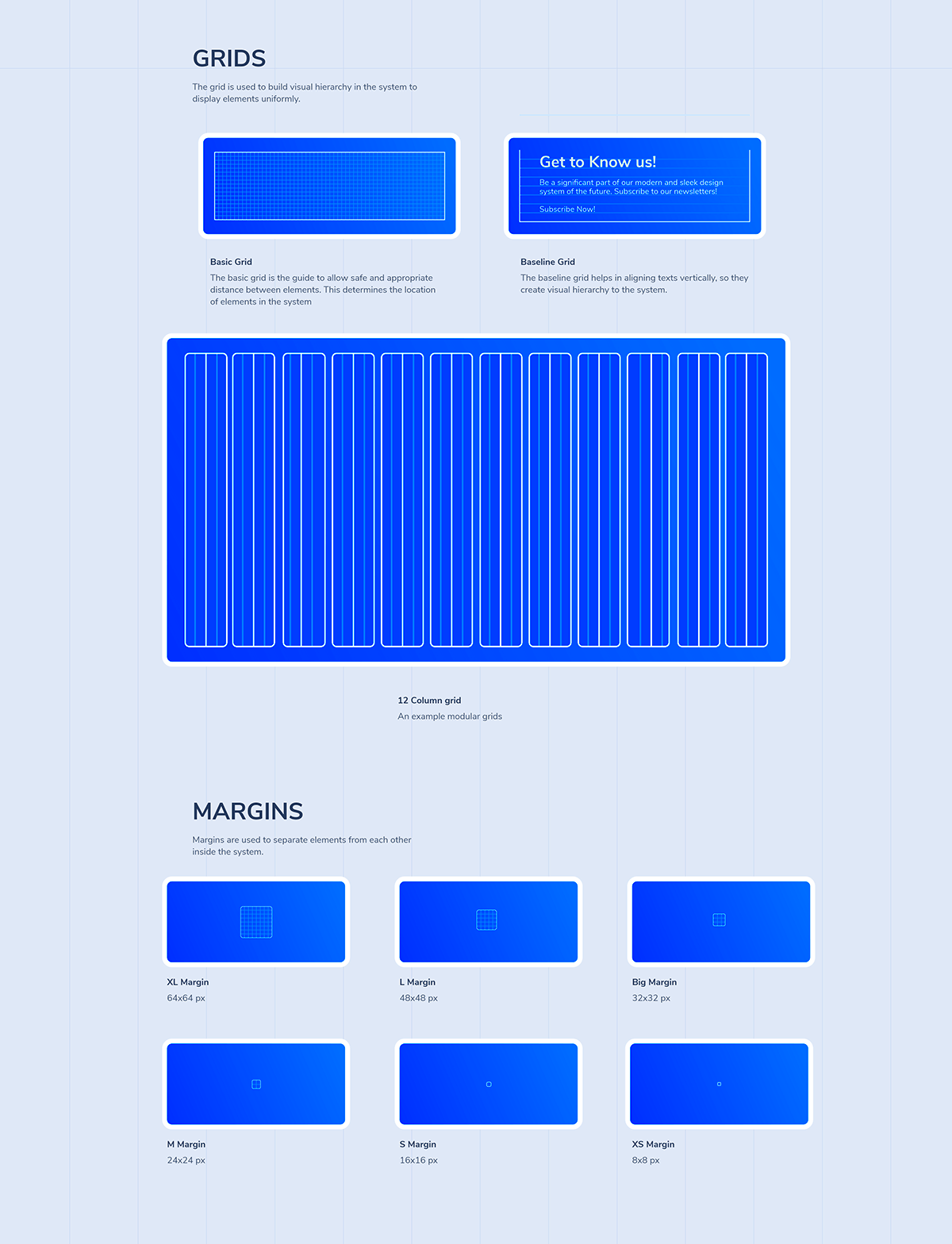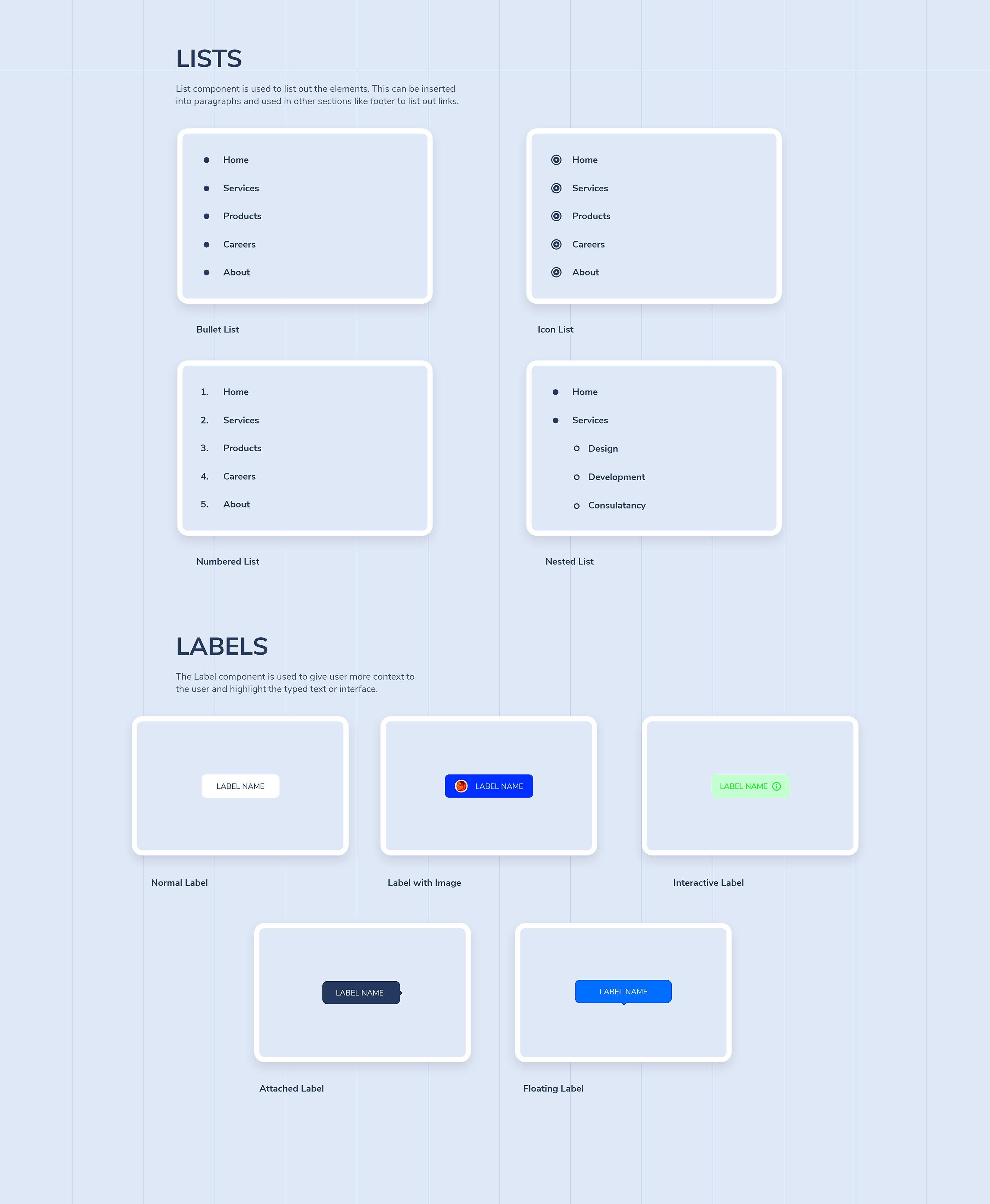Web design and communication heavily relies on images. They enhance the aesthetics of a site, split text into smaller portions, and are able to convey messages more effectively than mere words. When properly embedded, images increase user-friendliness and have the power to affect how long people stay on your web page. In this post we will examine the importance of correctly embedding images in your designs.
- Visual Engagement: Images grab attention and can make content more engaging.
- Brand Identity: Consistent use of images helps reinforce your brand's identity.
- Improved SEO: Properly embedded images can enhance your search engine rankings.
- Better Communication: Images can illustrate complex ideas or emotions effectively.
Choosing the Right Images for Your Design

This is vital for communication and how it flows through a design. Different images mean different things hence the need to consider the following:
- Relevance: Ensure the image relates to your content. It should support your message, not distract from it.
- Quality: Use high-resolution images that look professional. Blurry or pixelated images can harm your credibility.
- Brand Consistency: Choose images that align with your brand’s style, color scheme, and tone.
- Emotional Impact: Select images that evoke the right emotions and connect with your audience.
In this way you can generate a design that will catch the attention of your audience .
Also Read This: Can Behance Be Used for Video Editing? Everything You Need to Know
Different Methods to Embed Images

There are many ways through which images may be embedded into various platforms as per their requirements. Some of these ways include:
- HTML Tags: Use the
<img>tag in your HTML code to embed images. This is a straightforward method and works for most websites. - CSS Backgrounds: You can use CSS to set images as backgrounds for elements, allowing for more styling options.
- Content Management Systems (CMS): Platforms like WordPress have built-in tools for uploading and embedding images easily.
- Image Hosting Services: Services like Imgur or Flickr allow you to host images and provide you with links or embed codes to use on your site.
The method you choose will depend on your design specifications and the amount of control you wish to have over the image display. Regardless of which method you decide on, always make sure that images are well optimized for web usage so as to improve performance.
Also Read This: Is AXS TV Available on YouTube TV
Using HTML to Embed Images Effectively
With most fundamental Page Structure standards imbedded in it, the main idea of adding images to HTML is to enhance visual perception and usability. It is a known fact that using the right tags and attributes in embedding them would give your website a new look; therefore, let us have a close look at how they are utilized.
The primary tag for embedding images in HTML is the <img> tag. Here are some key attributes to keep in mind:
- src: This attribute specifies the path to the image file. Ensure the URL is correct for the image to display.
- alt: This attribute provides alternative text for the image. It’s important for accessibility and helps with SEO.
- width and height: Setting these attributes ensures your image displays at the right size, which can improve loading times.
- title: This optional attribute offers additional information about the image, appearing as a tooltip when users hover over it.
Just consider this straightforward illustration:
<img src="image.jpg" alt="A beautiful sunset" width="600" height="400">Applying these characteristics in the right manner, you could enhance your users’ experience as well as avail easier navigation on your site.
Also Read This: Which Behance Image Downloader Offers the Easiest Way to Save Creative Portfolios?
Optimizing Images for Faster Loading
The loading times of websites are mainly affected by performance issues, especially if they carry big image files. Therefore, optimizing images is a way to keep your site smooth-running and thus enhancing the parts that the users are interacting with. Below are some strategies for optimizing your images:
- Choose the Right Format: Use JPEG for photographs and PNG for images with transparency or simple graphics. WebP is also a great option for quality and file size.
- Compress Images: Tools like TinyPNG or ImageOptim can reduce file sizes without sacrificing quality.
- Use Responsive Images: Implement the
srcsetattribute to serve different image sizes based on the user’s device, ensuring they receive the best quality without unnecessary loading times. - Lazy Loading: Use the loading attribute to defer loading images until they are in the viewport, improving initial page load speed.
These techniques will help you to make a more effective and efficient site which is also quicker in turn attracting and keeping customers as they browse through their pages.
Also Read This: Integrate Your Behance Portfolio with Fiverr for More Opportunities
Ensuring Image Accessibility for All Users
Image accessibility is imperative for an inclusive virtual atmosphere. In order to ensure that all users are able to comprehend and interact with your content, including those who are physically challenged, the following advice may be taken into account in order to improve accessibility of images:
- Use Alt Text: Always include descriptive alt text for your images. This helps screen readers convey the image’s meaning to visually impaired users.
- Provide Context: Ensure that the image supports the surrounding text. If an image conveys important information, make sure that the content is also accessible in text form.
- Consider Color Contrast: If your images contain text, ensure there’s enough contrast to make it readable for users with visual impairments.
- Use Captions: Providing captions for images can help users understand their significance within the content.
Fostering a more inclusive and welcoming online community is not only enhanced by compliance with legal standards, but also by prioritising accessibility in design.
Also Read This: Crediting 123RF Images: Understanding Attribution Requirements
Common Mistakes to Avoid When Embedding Images
Embedding images is an intricate task; it requires precision because any mistake can cause enormous damage even if it seems harmless Initially. This can happen to both beginners and advanced web designers who may miss some things. Below are some frequent mistakes you need to avoid.
- Skipping Alt Text: Neglecting to add alt text is a major oversight. It not only affects accessibility for visually impaired users but also impacts your site’s SEO.
- Using Large File Sizes: Uploading large images can slow down your site significantly. Always optimize your images before embedding them.
- Incorrect Paths: A wrong file path means your image won’t display. Double-check the URL to ensure it’s accurate.
- Ignoring Image Dimensions: Not specifying the width and height can lead to layout shifts as the page loads, creating a frustrating user experience.
- Choosing the Wrong Format: Using the wrong image format can affect both quality and load time. Know when to use JPEG, PNG, or other formats.
By steering clear of these errors, you can make your site look much cleaner and more business-like, which will please the users and keep them coming back for more.
Also Read This: Seamlessly Integrate Your Behance Projects into Adobe Portfolio
Frequently Asked Questions
Common inquiries that individuals have regarding picture embedding are mentioned herein; explanations are provided in order to erase any ambiguity.
- What is the best image format for the web?
- JPEG is great for photos, while PNG is better for images needing transparency. Consider using WebP for both quality and size.
- How do I optimize images for faster loading?
- Use compression tools, choose the right format, and implement responsive images to improve load times.
- Why is alt text important?
- Alt text improves accessibility for visually impaired users and enhances SEO by helping search engines understand your images.
- Can I use images from the internet?
- Always check copyright and licensing agreements before using images. Look for images labeled for reuse or consider stock photo sites.
Conclusion and Final Thoughts
Adding images appropriately is crucial in developing a captivating and user-centered website. It is possible to significantly improve your site’s look and feel by grasping the significance of pictures, making appropriate selections as well as using correct embedding methods. Moreover, you must optimize your images for performance purposes as well as make them accessible for all the users.
Just be cautious enough not to do anything wrong and learn what the best practices in this area are, so that visitors can have a smooth flowing experience. If you are either uploading personal stories or promoting brands or showing off professional portfolios, images well placed can be everything. So go ahead with these suggestions and improve on web designing!

 admin
admin








